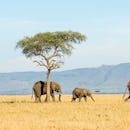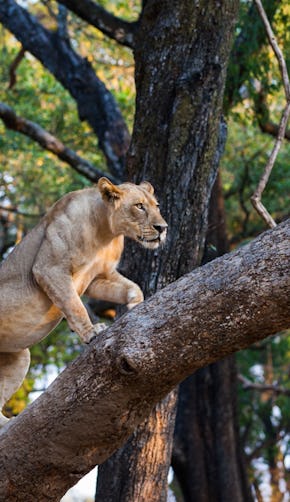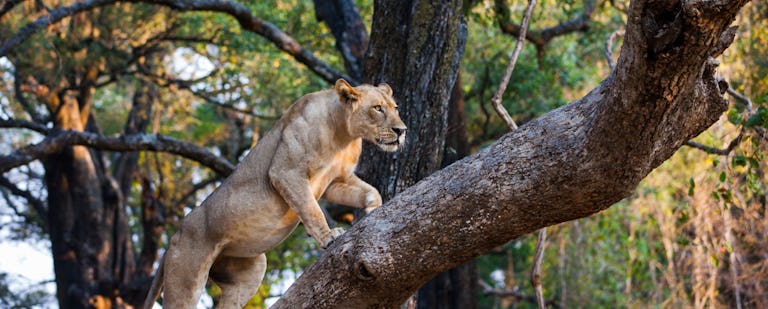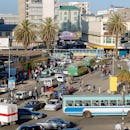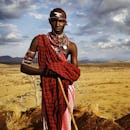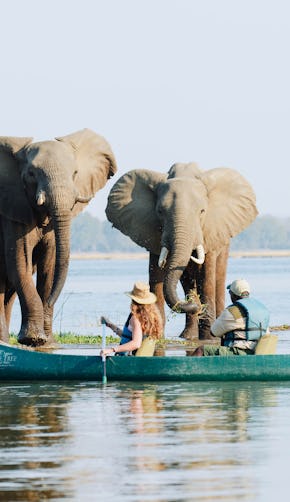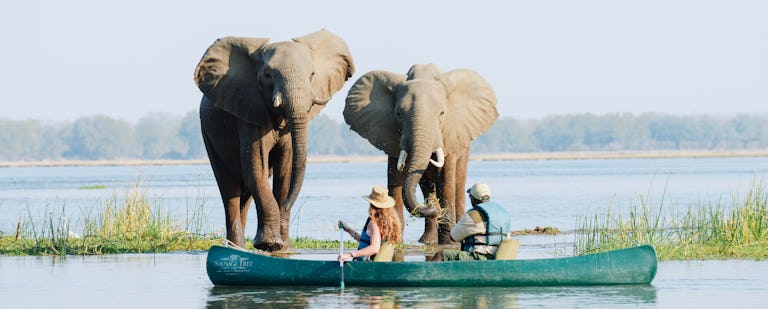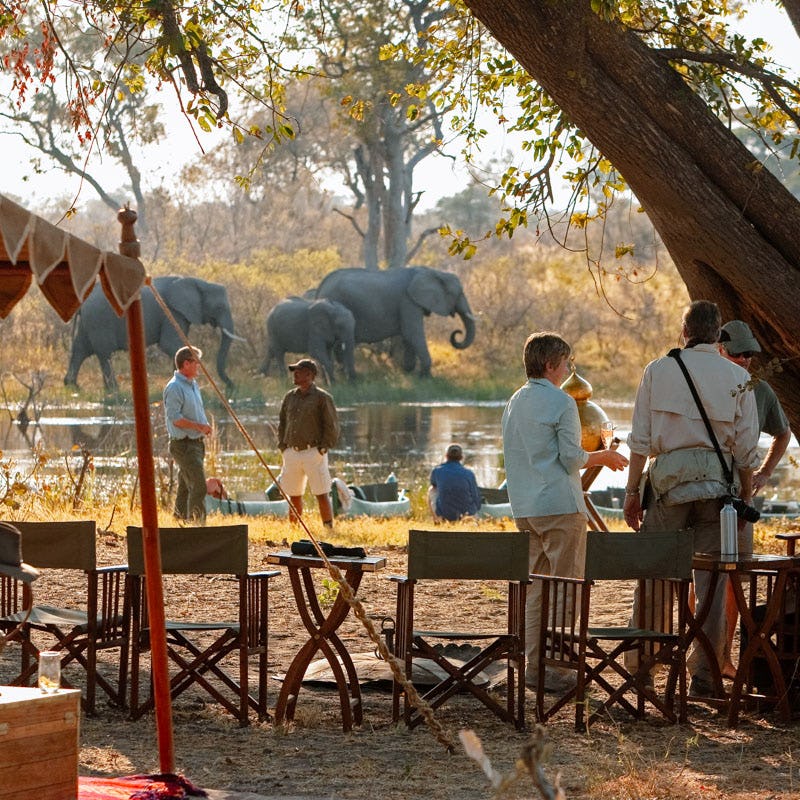So, you’ve always had ‘visit Africa’ on your bucket list – but where do you actually begin if you want to plan a safari? Sometimes the process can seem a little overwhelming, but with the right tips and information, it really is as easy as pie. And that’s exactly where we at Timbuktu come in! We’re on a mission to empower travellers to design their own safari and are dedicated to making the planning process fun, easy and exciting. We’ve therefore put together some top tips and handy hints to help you plan your dream Africa safari trip, and to answer some of your most commonly asked questions. And if you get stuck, don’t fear: our experts are here to help every step of the way.
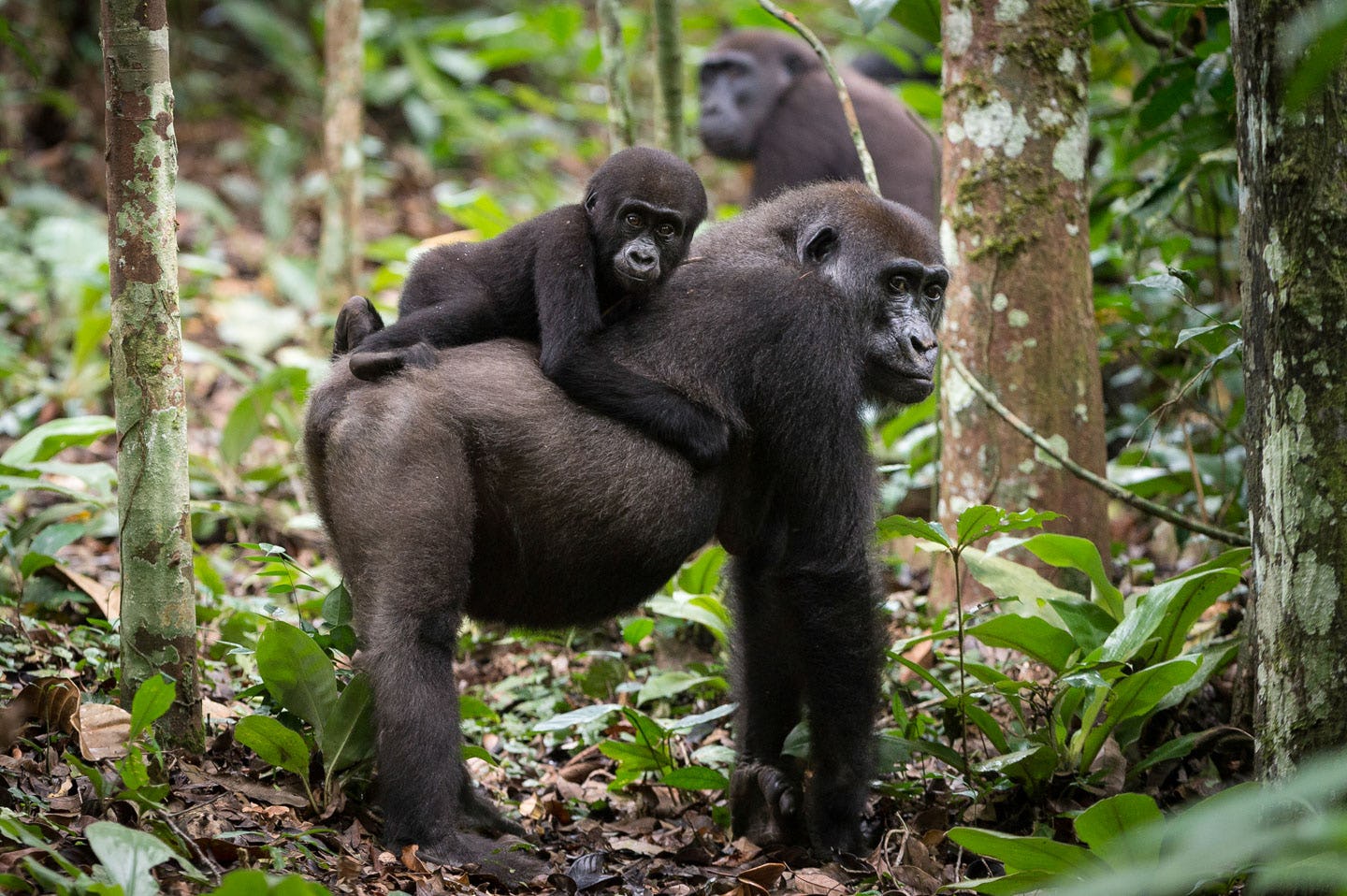
Where to go on an Africa safari trip
Every single country across the African continent is unique and jam-packed with fabulous experiences and scenery that will take your breath away. Of course, there are the safari stalwarts that you’ve probably heard of: Botswana, famous for its pristine wilderness areas and incredible wildlife-watching, or the Masai Mara in Kenya and its world-famous lion. But what about Zambia, the perfect candidate for an off-the-beaten track adventure and home of the walking safari, or the gorilla-filled forests of Rwanda and Uganda? In Namibia, have your camera at the ready for some of the continent’s most spectacular landscapes, whilst in Malawi, you’ll be at the forefront of conservation in the up-and-coming game reserves. And don’t forget that one country can be home to many different things: Tanzania, for example, where it’s possible to safari, hike, spot the Big Five and fly-camp far, far off the tourist trail (and spend some time on the beach), or South Africa, where stylish cities, wine, wildlife and food combine…
We’ve got the lowdown on a variety of different countries across Africa, some you’ve heard of and some you may not! Start exploring now and plan your Africa safari trip using our ultimate country travel guides.
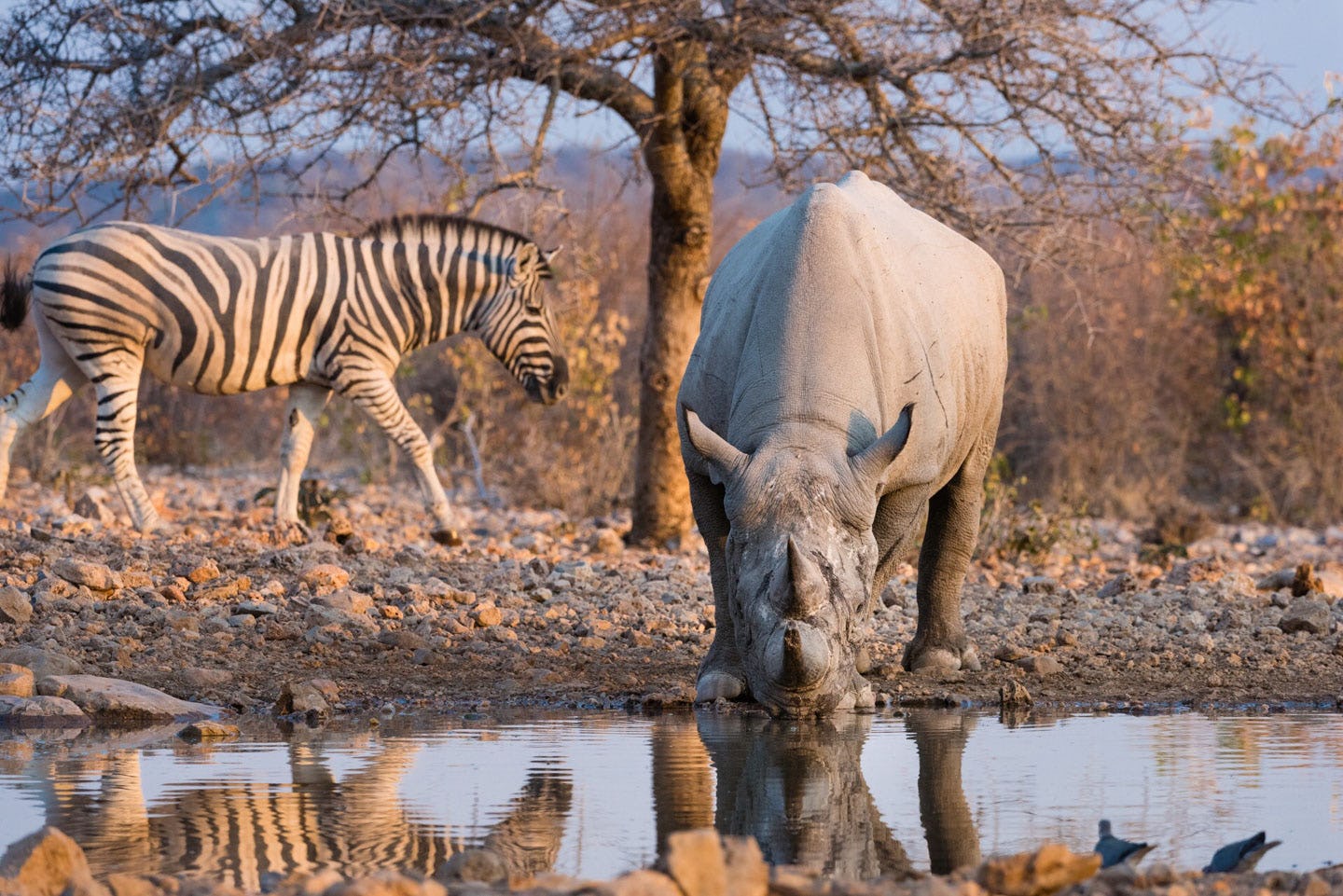
When to go
Always the golden question when you plan an Africa safari trip! Just like anywhere on the planet, every country in Africa has different seasons and weather patterns that in turn have their own quirks and charms. There’s no ‘bad’ time to visit but depending on your safari-style, there might be a time of year that suits you better. June to October across much of sub-Saharan Africa is considered the ‘best’ for a safari. It’s the dry season and the weather is dreamy (but getting hot towards October) and the animals congregate around water making them easy to spot. The rains tend to fall from November to April in most countries (East Africa has a reprieve over December & January – hello, Christmas celebrations!), but it certainly doesn’t rain all day every day and the scenery is simply beautiful. January to March is also an excellent time to combine a Cape Town city break with a safari in the Kruger.
For a general overview of what’s happening across the continent and when, check out our ‘When to Go’ guide. With detailed month-by-month descriptions, it’s the ultimate tool for planning what time of year you’d like to visit.
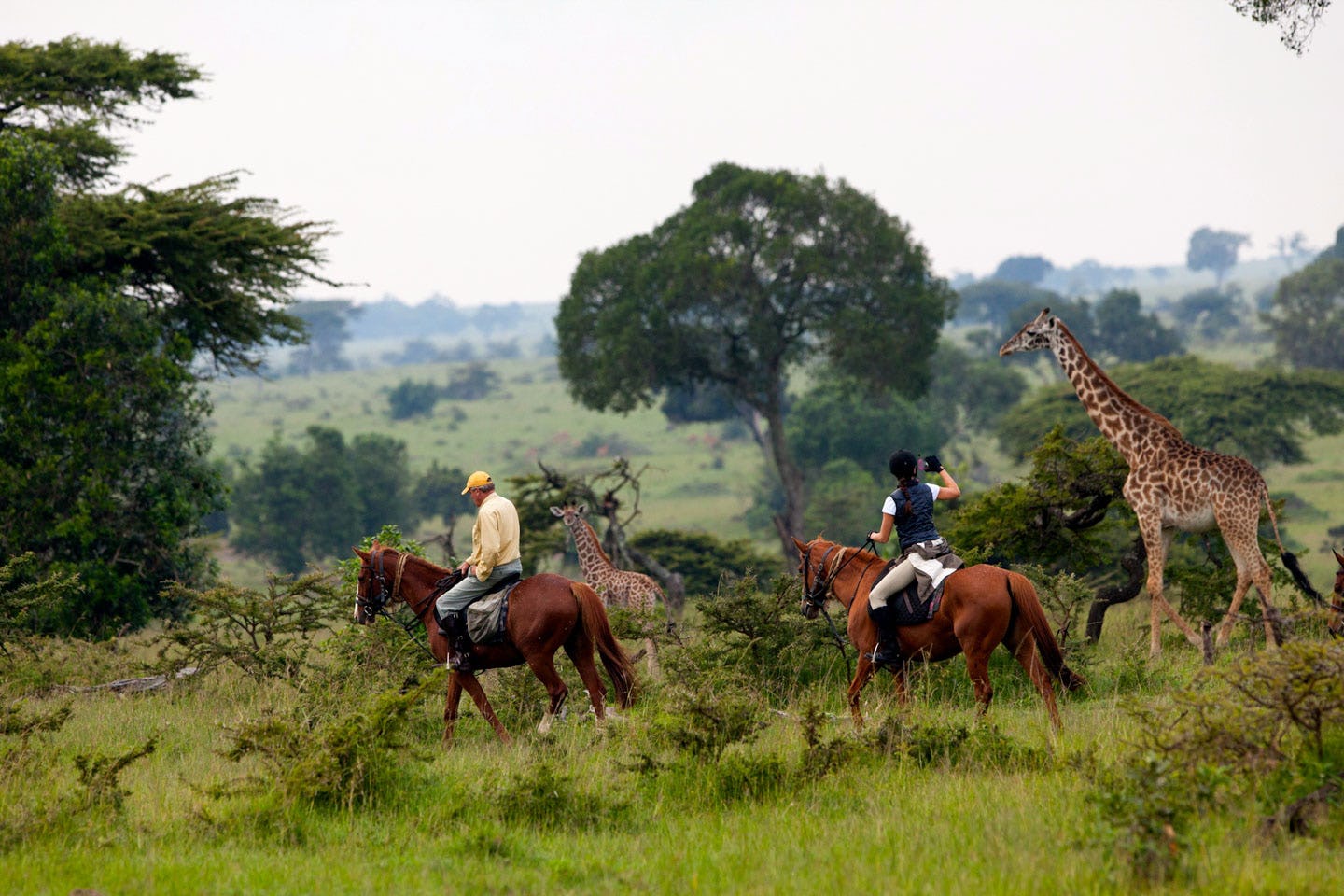
What to experience
Many Africa safari trips involve exciting game drives but the continent really does have experiences to tickle everyone’s fancy. Most camps in wildlife areas will offer game drives in 4x4s which are excellent way to get to grips with the area – and spot your first four-legged creatures. Then there are walking safaris, a wonderful way to get up close and personal to the wildlife, and boat, canoe and mokoro safaris that will take you to places vehicles simply can’t get to. For sheer memory-making magic, saddle-up on a horseback safari and gallop alongside giraffe, or head deep into the desert atop a quad bike and see what you can find. Sleeping under the stars in a simple fly camp or adventuring on a mobile safari also come pretty high up the bucket list in our book… Then, when it comes time to leave the bush, take a dip into Cape Town’s emerging art scene, discover ageless treasures in Ethiopia, or head to the Indian Ocean coastline for some serious R&R.
For more inspiration on how to plan a safari (and because there’s simply too much to say in this tiny paragraph), check out our favourite things to add to your Africa travel wishlist and our handpicked selection of experiences right here.
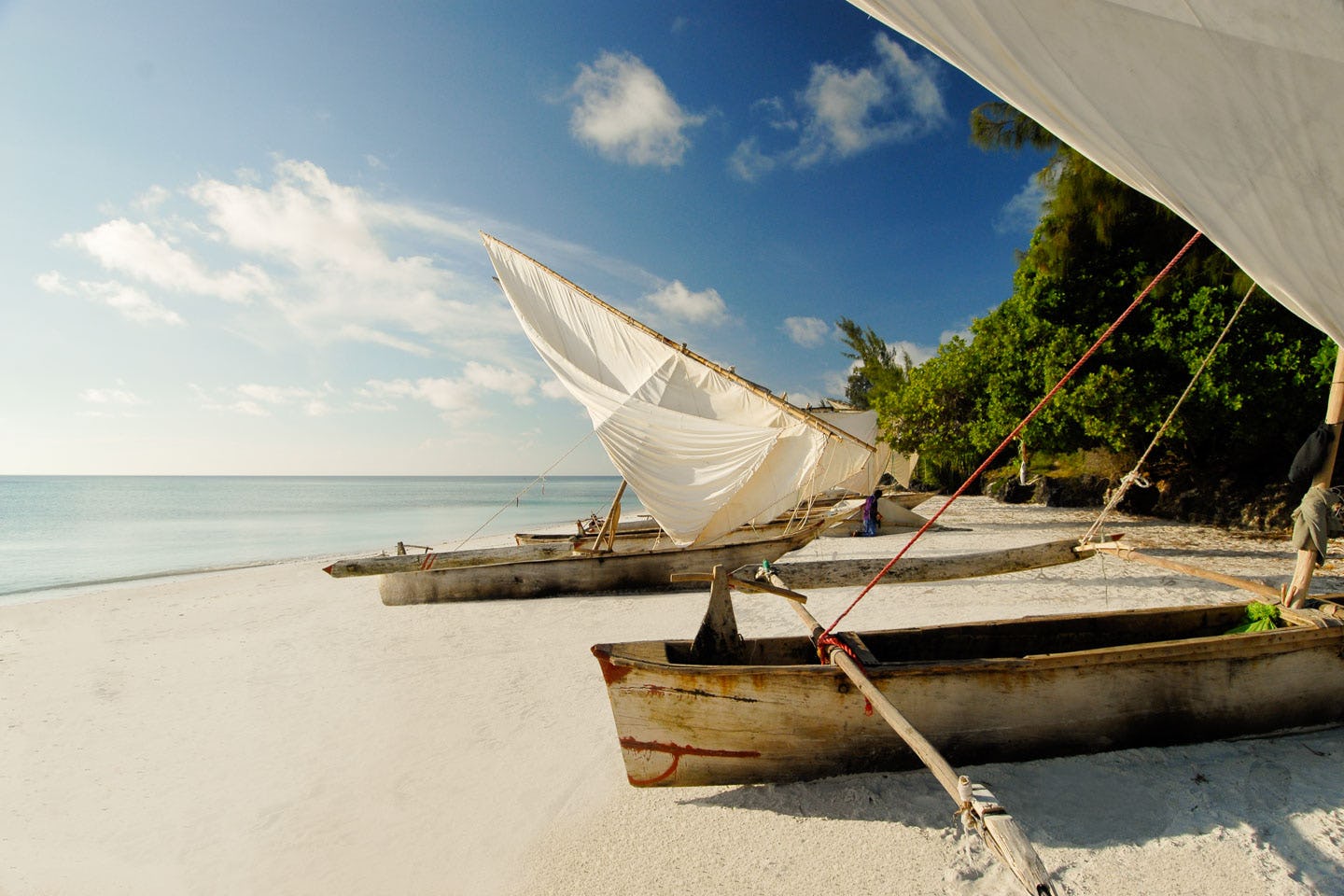
The best beaches to add on to a safari
After a week of sunrise mornings and wildlife watching on a bona fide Africa safari trip, some chill-out time by the cool waters of the Indian Ocean might be just the ticket. Lucky then that there are so many options to choose from, no matter what part of the continent you find yourself in! In East Africa, Kenya and Tanzania both have picture-perfect coastlines and islands that make flying and flopping a dream. The exotic island of Zanzibar is probably one of the easiest to get to, but Mafia and Pemba islands are Robinson Crusoe-esque paradises (with not a tourist in sight!) that beg to be discovered. Don’t forget the Kenya coast either – with numerous daily flights from Nairobi, places like Diani Beach, Watamu and Lamu are very accessible. In southern Africa, the big players are Mozambique, Mauritius and the Seychelles. All are a short flight from Johannesburg, and each has its share of glamour, water sports, diving, and pure, get-away-from-it-all luxury.
We’ve done the hard work for you at Timbuktu and have put together our favourite bush and beach combos in both East Africa and southern Africa. And if you’re still not sure which tropical getaway to pick, have a read of our guide to the Indian Ocean islands.
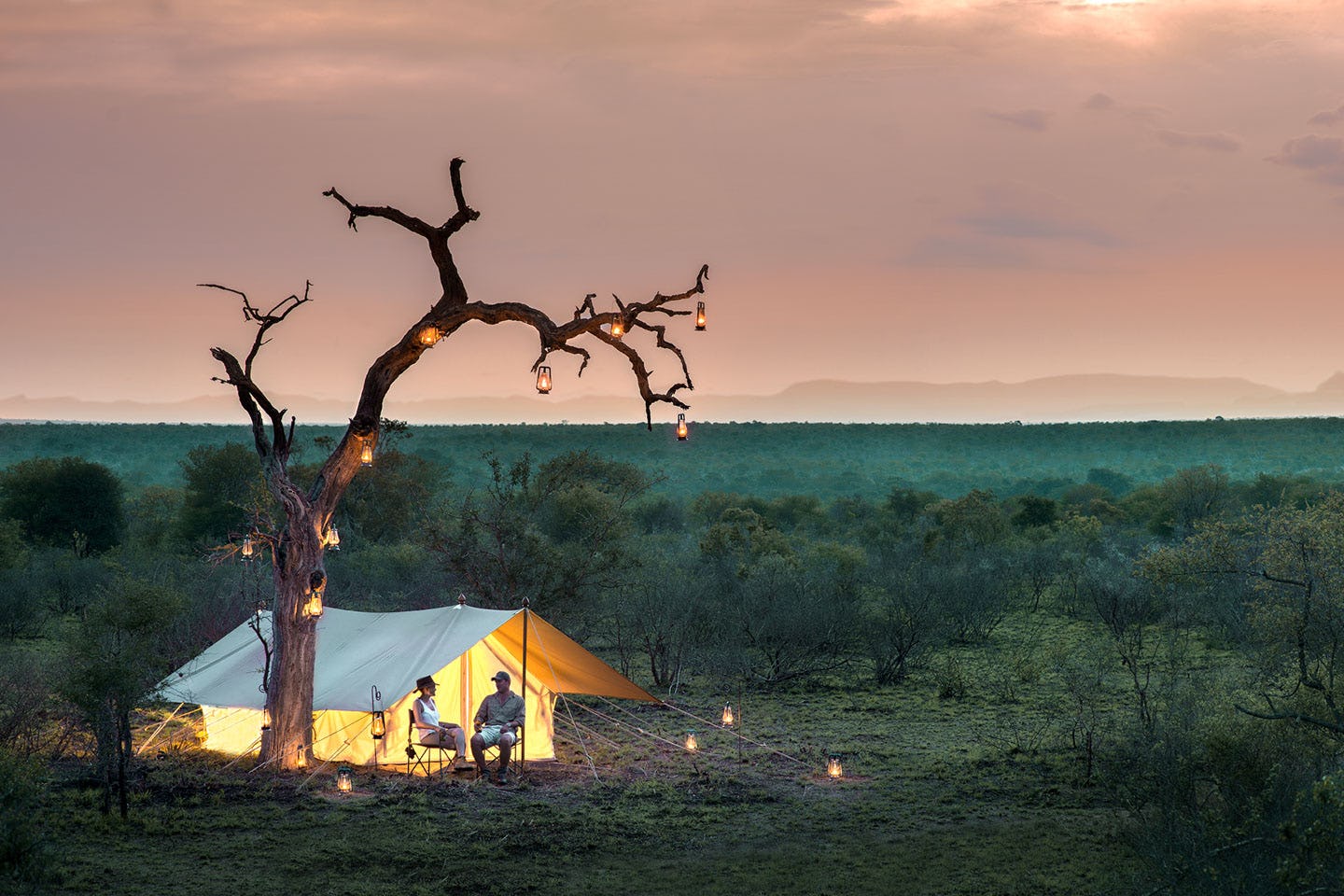
Where to stay
Accommodation in Africa is as varied as the landscapes that you’ll be gazing at from under your duvet! Generally speaking, lodges tend to be larger structures with more facilities – swimming pools, spas, a restaurant or two – whereas camps are smaller, usually tented, and perhaps don’t have quite as many frills. Bush camps are the most intimate of all (some as small as three rooms!) or you could go one step further and take a bed roll and a mosquito net (and an experienced guide!) and spend a night sleeping under the stars. If that sounds good, you might also enjoy a mobile safari or a mobile camp – structures that move to the best positions for wildlife at certain times of year. There are also some excellent private properties dotted around that are available to rent on an exclusive basis, and in cities, there’s everything from the ritziest of hotels to the cosiest of guesthouses. And bathrooms? Unless you’re camping, most lodges, camps and bush camps have flush loos and plenty of hot water to go around.
At Timbuktu, we allow you to filter all lodges by price, availability, and even experience (do you fancy sleeping under canvas or in silk sheets?), allowing 100% flexibility in where you stay. And we don’t just focus on the lodges you see in the travel magazines – we’ve got hidden gems from all across the continent for utterly unique African safaris.
Timbuktu Tip: On safari, we recommend staying for 2 or 3 nights in each of your locations (or perhaps longer!). This will allow you to settle in properly and maximise your chances of seeing the wildlife that you’ve got your heart set on – and maybe even relax a little too.
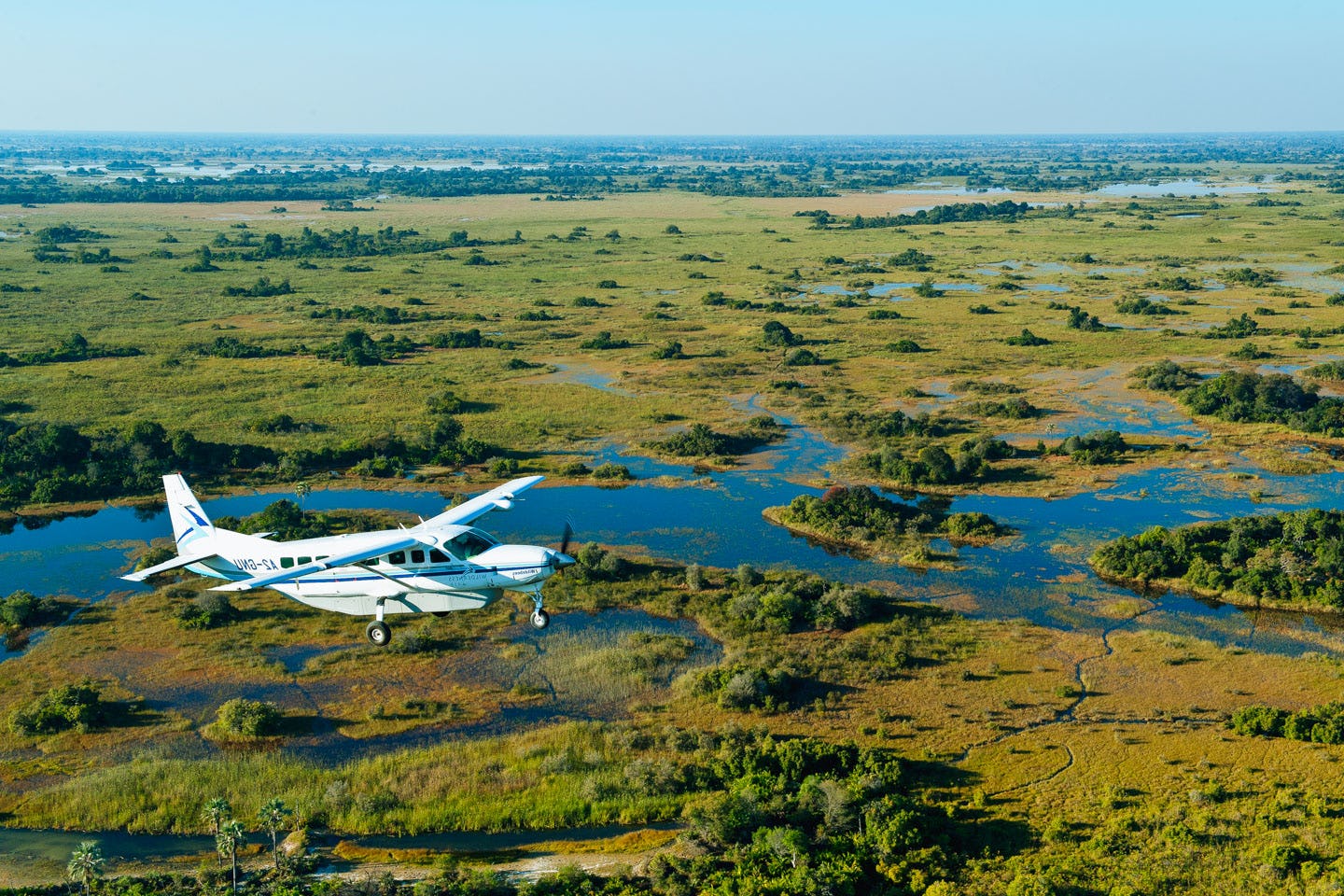
How to get there
Getting to Africa really is as easy as pie. Most airlines fly to at least one or two destinations on the continent from a good selection of major European airports and if you’re coming from the States, it’s simply a matter of connecting through. The airport hubs on the continent are Nairobi (for East Africa) and Johannesburg (for southern Africa) and from there, you can easily pop up to the country you’re visiting. As with most long-haul trips, booking further advance will hopefully save you some pennies, but keep your eyes peeled for last-minute deals too. When you get your Africa safari trip underway, the most common way to get around is by bush plane – tiny little aircrafts that can get right into the heart of where the wild things are. These planes are flown by expert pilots and all have the highest of safety ratings. Some countries lend themselves well to driving, but we highly recommend flying if you can – as well as being the quickest method of transport, you’ll remember the views of the landscapes below forever.
We highly recommend using websites like Kayak or SkyScanner which have the ability to work with multiple airlines to make your trip planning as easy as possible. If you’d like advice on the best times to arrive and depart, just give us a call and we’ll lend a hand!
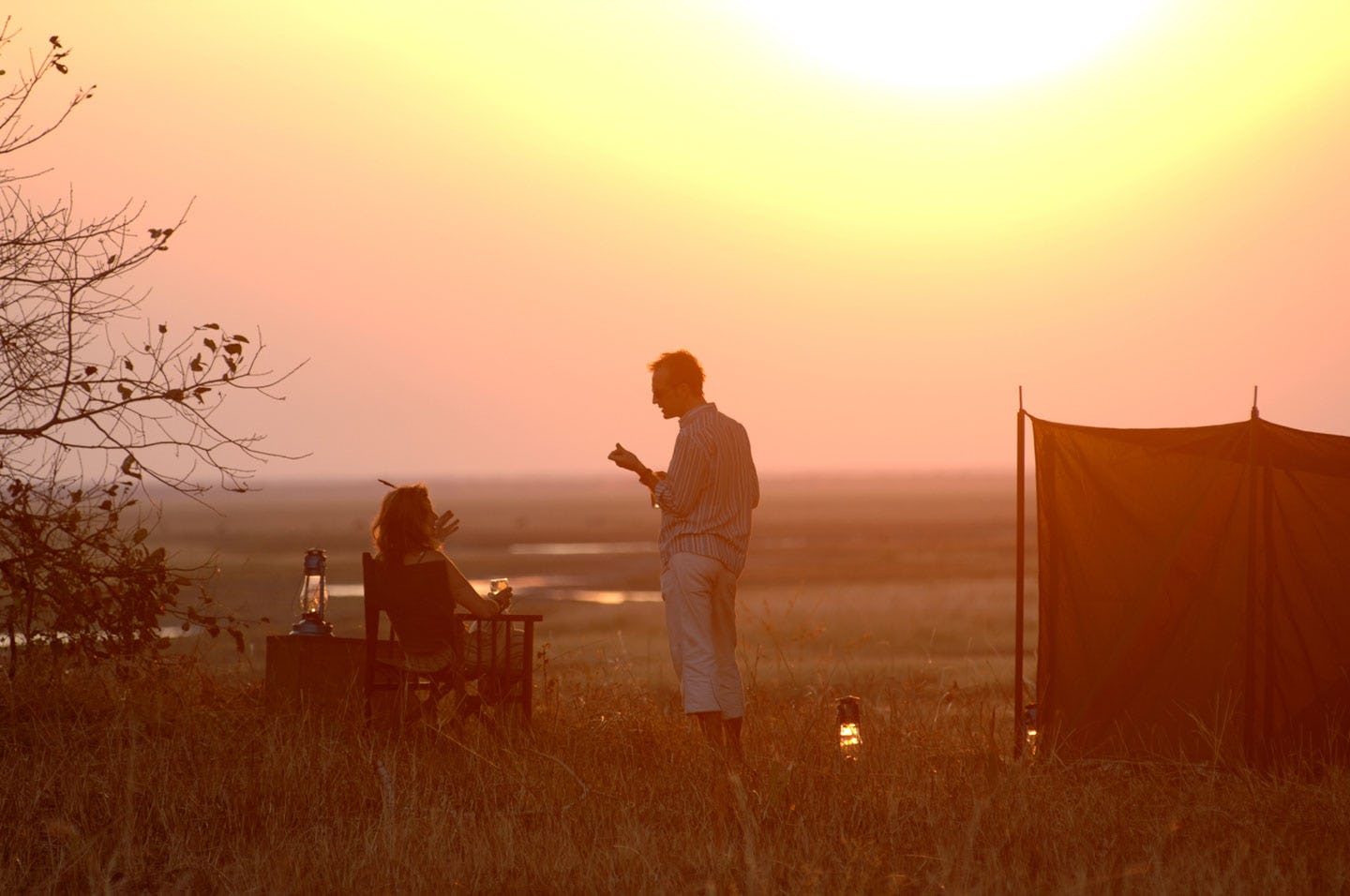
What does a safari cost? How can I save money?
The question we get asked most is how to make a safari more affordable. You’ve probably heard the stories about an Africa safari trip costing more than a year’s rent and swanky tents that are larger than a New York apartment; but a fabulous safari shouldn’t be about how much it costs. Firstly, choose your destination carefully – Botswana is always going to top the price charts, but countries like Kenya, Tanzania and South Africa can be wonderfully cost-effective. Don’t try and cram too many places into one trip either. Those little flights mount up and one or two stops can be just as rewarding as four or five. We’re also big fans of the special offer (who isn’t?!) and although they can be a little harder to find in the safari industry, they do exist. Think 5 nights for the price of 4, free flights if you travel with the same company, that sort of thing. Very lastly, think about the time of year you can travel and if you can avoid school holidays and other peak times, you’ll notice a big difference in price. That’s what we like to hear!
For more in-depth information on how to plan a safari on a budget, read on! We’ve got detailed articles about Botswana and Tanzania, and a general guide on how to save some pennies…
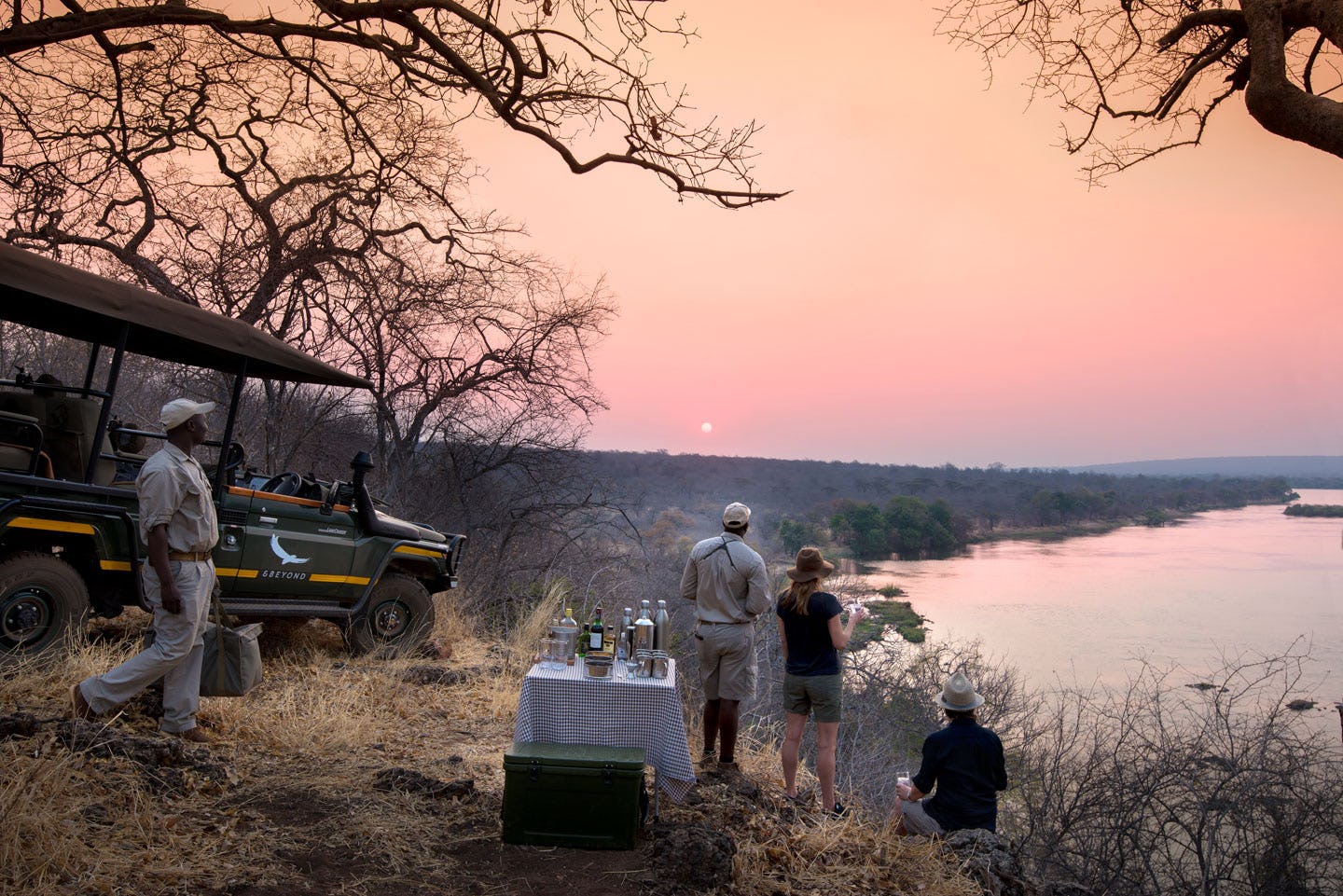
A typical day on safari
You might be surprised to hear that most lodges across Africa follow a similar routine during the day. In the morning, you’ll be woken as the sun rises (usually with a cup of tea delivered to your door – heaven!) before heading out on a game drive or walk. You couldn’t start an Africa safari trip any better way… At this time of day the temperature is cool, the animals are still active from the night before and it’s prime game viewing time. The activity will usually last for 3-4 hours, including a stop for a picnic breakfast or coffee and muffins. Back at the lodge, you’ll eat lunch and then it’s siesta time. Some lodges offer a short activity over siesta – perhaps a nature walk or a visit to a local school – but otherwise, the time is yours to do as you please: read, snooze or watch the wildlife stroll by. The afternoon kicks off with an African institution, Afternoon Tea, at around 3:30pm before you head back into the bush for your second activity (and a sundowner G&T!). In the evenings, dinner will usually be served at the lodge and you may have the chance of another game drive, this time in the dark and using a powerful spotlight to pick out the elusive nocturnal creatures. What an end to the day!
Delve into a day in the bush with Verena Neumayr-Howes as she tells us what she got up to at South Africa’s Thornybush Game Lodge…
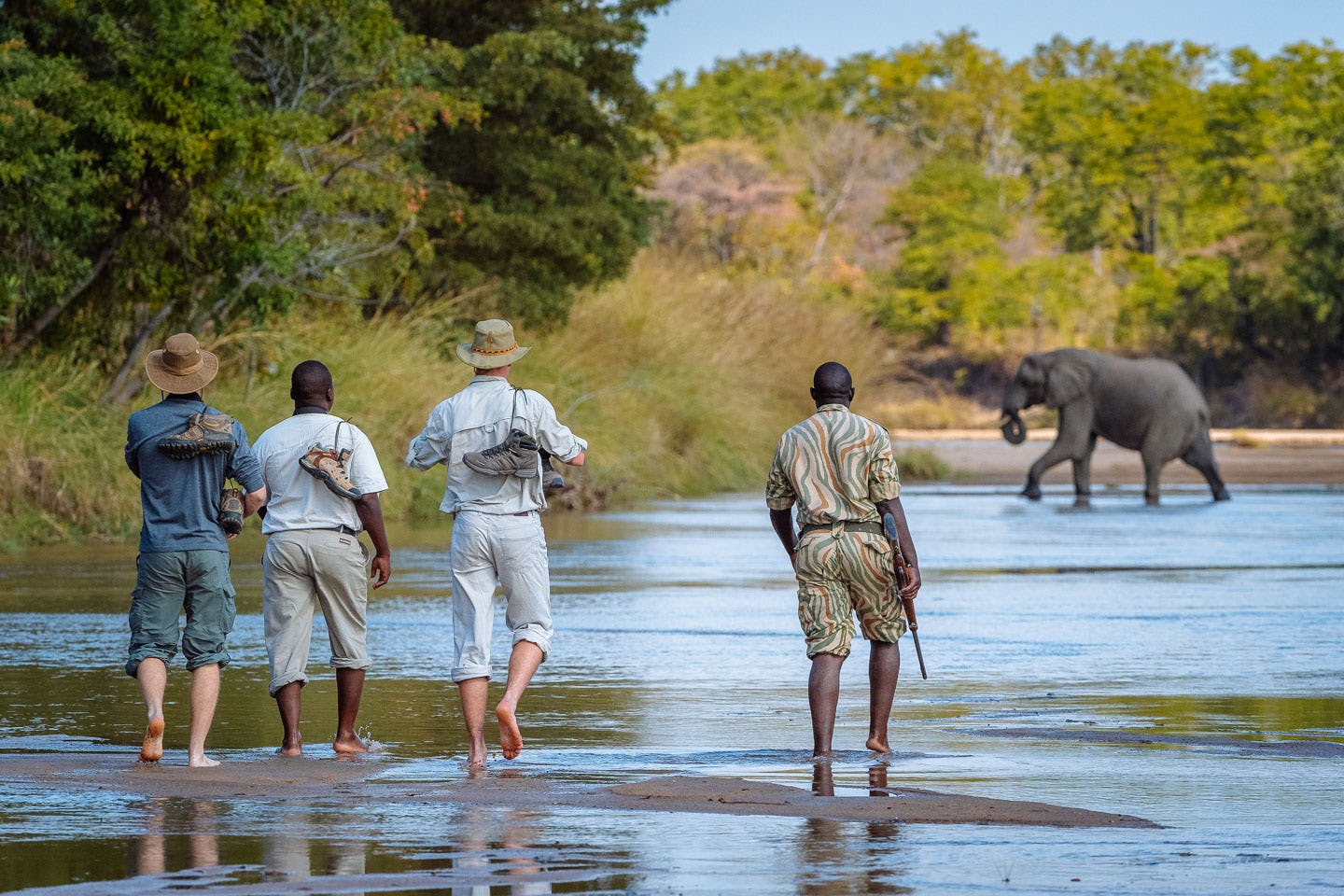
What to Pack: things to think about before you travel
Love it or loathe it, packing is an essential part of any Africa safari trip and believe us, there’s lots to think about. Your packing list will depend on the activities you’ve got lined up, but one important point to remember is that your luggage should fit comfortably into a soft-sided bag and be around the 15kg mark for those teeny-tiny planes. Essentials include plenty of layers in neutral colours (it’s a cliché, but you don’t want to be the only person wearing a red T-shirt!), comfy shoes, plenty of sun cream, sunglasses and a hat. In your hand luggage, pack all your camera equipment, spare batteries, important documentation (with copies) and medication. Little extras that will make you the envy of all your travellers include a warm jacket or jumper – it might be Africa but it gets cold in the mornings and evenings on those open-air safari vehicles – and a Kindle or iPad loaded with books for the ultimate siesta-time.
Different countries require a few different bits and pieces when you’re packing, so take a look at our individual packing guides right here and make sure you haven’t left anything behind when you embark on your Africa safari trip!
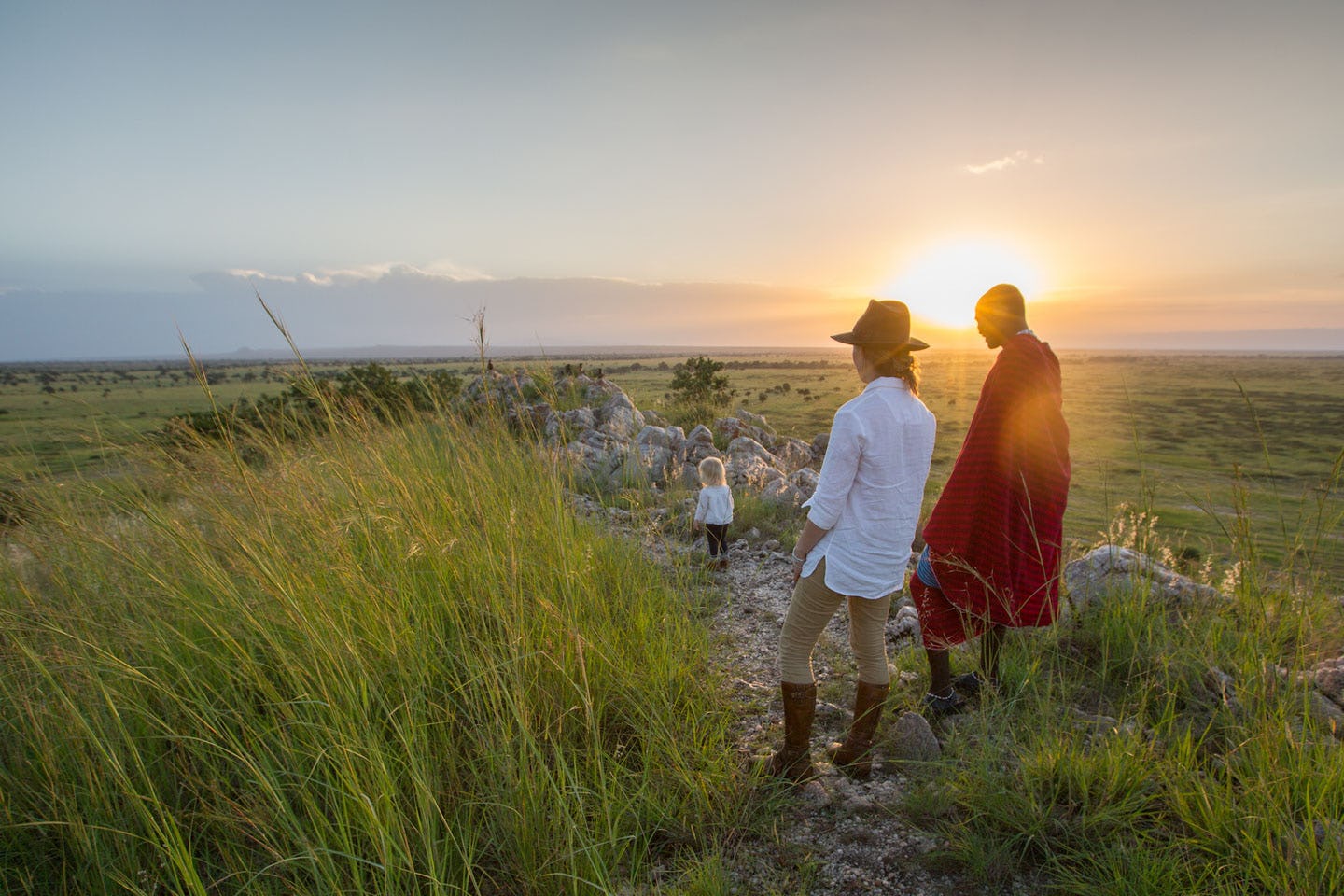
Is travelling in Africa safe?
The short answer is yes, absolutely. Africa is a continent that attracts unfair rumours and myths that never quite seem to disappear, but almost every one of them is just that – a myth. Africa is vibrant, lively, utterly beautiful and crammed with more incredible experiences than you’ll know what to do with. Like anywhere, there are a few safety rules to follow: in the cities, follow your common sense and you’ll be just fine, and in the wildlife areas, you’ll receive a full safety briefing from the people who know the animals better than anyone. Health-wise, we always suggest that you visit a professional before you travel but as ever, if you’re sensible, you won’t have any issues. And rest assured, if you choose to travel with an operator (that’s people like us at Timbuktu!), you’ll have access to 24-hour support when you’re on the ground with our partners who live and work there, and could make an Africa safari trip happen in their sleep.
Ease those butterflies and have a read of our blog article in which we dispel the most common myths about African safaris, and chat through a few bits and pieces of essential info.
What next?
So there you are, everything you need to know about planning an Africa safari trip in a nutshell. Why not have go and start designing your very own safari now? Pick a route, choose a lodge from our handpicked selection and have fun customising your trip. And don’t worry – if you get stuck, our experts are right here to give you a helping hand.
Your dream trip really is only a few clicks away….














